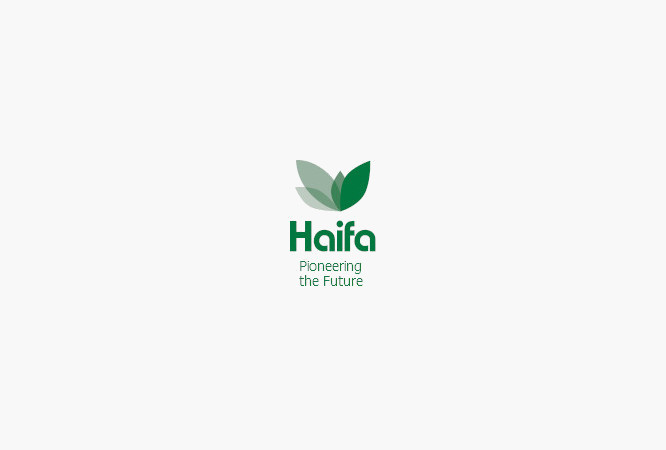In my first blog I talked about pH control. pH control is very important for the uptake off nutrients by the plant. Especially the Iron (Fe) and Manganese (Mn) uptake can be very problematic when the pH is too high.

To make it easier for the plant we use chelates, a chelate is a kind of protector that avoid that the element inside become deposit in the system and not reach the root zone. Every plant is capable to take the element outside the chelate.
There are four main types of chelate that are used in the agro culture, every chelate have its own advantage and disadvantage. Which chelate is the best for you is depending on three things: pH, watering system and element inside the chelate.
Different type of chelates: EDTA, DTPA, HEEDTA and EDDHA (you can also find HEDTA, EDDHMA, EDDHAS etc. but these chelates have more or less the same characteristics)
Let’s first start with Iron:
EDTA > is not stable in a recirculation system and works only till a pH of 5,5 for this reasons It’s better not to use this type of Iron chelate.
DTPA > this is the most used iron chelate works till a pH of 6,5 and is very stable in a recirculation system
HEEDTA > this iron chelate works till a pH of 8,0 but is not stable in a recirculation system
EDDHA > this iron chelate works till a pH of 14 and is very stable in a recirculation system.
Take in mind the following:
If you want to choose the right iron chelate you need to know two things: Do you re-circulate the water and what is the pH of the water used by the plant. In summer time the plant is using for more than 90% the dripping water, so in this time the pH of the dripping water is important. In winter time the plant is using for more than 70% the water in the slabs, so in winter time the pH of the water in the slabs is important.
After finding the right chelate you are not ready yet because there are different qualities on the market and not every quality is the right one.
DTPA > Available in solid and liquid form. The liquid form have two different qualities one which is containing sodium (Na) and one that contains ammonium (NH4).( If you are not sure what is inside normally 3% Fe is with Na and 6% and 7% Fe is with NH4 ) The best choice for you is depending on the total amount of sodium in your water, if this is to high you must use the more expensive NH4 based iron chelate.
EDDHA > Available in solid and liquid form, if it’s available in your area the best is the liquid one because the solid one is a bit greasy and make your fertilizer tank and watering system dirty.
To check the quality of the solid one you need to know the ratio between ortho/ortho, ortho/parra and parra/parra in the product. How higher the percentage ortho/ortho how better the stability of the iron chelate. Between 60 and 70% is now day’s common. (Keep in mind that cheap EDDHA iron chelate contains a very high amount parra/parra and this is not good)
About me:
All my blogs are based on the modern Dutch greenhouse technology, controlled recirculation soilless water systems. In other systems things can react different. If you have questions please react on my blogs and I shall try to answer them.
Tot de volgende blog, See you next time.



